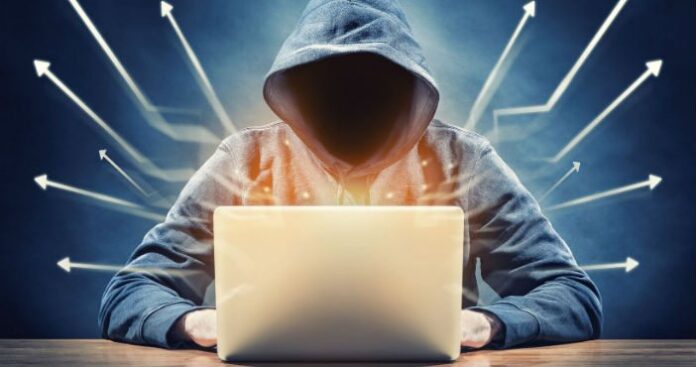Editor’s Note: Looking to bring a younger perspective to the mobile space, RCR Wireless News has tapped Jeff Hawn to provide insight into what’s on the minds of the tech-savvy youth of today.
Iowa recently passed a law that allows citizens to present a digital driver’s license on their mobile phone as an acceptable form of identification. The mobile identity will be as valid as the traditional plastic one, although questions are being raised regarding the practicality of the proposal along with some privacy concerns.
I for one am staunchly against digital identification, though that might sound a bit odd coming from someone who’s from a generation that is completely fixated on everything shiny and new. My reason is a byproduct of the world I’ve grown up in – a world where identity theft, hacking and computer crime is more widespread and harmful than old-fashioned street crime.
Let us consider for a moment the widespread implications of being able to present an ID in a digital format. Currently, counterfeit driver’s licenses and passports are a multimillion-dollar industry. If states allow IDs to migrate online, they will become far easier to counterfeit and the crimes that can be committed with them will proliferate. In my personal experience, many high school and college students have fake IDs usually ordered over the Internet from professional counterfeiters. The crimes committed with these fakes are often more of a public nuisance than a threat to public safety. Generally the IDs are used for the procurement of alcohol and entry into bars and clubs. While the threat of teenage drunk driving is still an issue, car services like Lyft and Uber as well as years of having the consequences of drunk driving rammed down our throats in after-school specials has diminished the risk. Texting while driving is now a far greater threat to public safety.
Mobile identity plays to criminal element
If IDs move online though, there is a real possibility that tech-savvy criminals can use them to do real harm. One of the main reasons counterfeit IDs are a public nuisance rather than threat is the economics. Real IDs incorporate anti-counterfeiting measures such as holograms and seals. The technology to fake this is expensive, so while a fake driver’s license may be enough to pull the wool over the eyes of a bored bouncer or lackadaisical store clerk, it can’t be used to take out a loan or purchase a car. Imagine if banks and auto dealers began accepting two forms of digital ID and a gang of proficient hackers has found a way to easily fake digital IDs of either fictional people or, more frighteningly, stolen identities. They could then take out loans, open credit cards and purchase vehicles and homes in the name of not just one digital alias, but dozens per day.
You may be thinking I’m giving the criminal element too much credit. If so, I would advise you to look at the recent hacking of Sony, or any of the massive data breaches over the last 10 years. If something becomes digital, hackers will find a way to hack it. No matter how good a mousetrap security companies and the authorities build, the mice will find a way to hack it. It took a group of hackers two days to breach Apple’s fingerprint system after its release: The same fingerprint safeguard Iowa is planning to build into its driver’s license app.
I’m all for living in a digital world, but we need to not let our enthusiasm for technology get the best of us. Sometimes the best defense against digital threats is to rely on tried and true analog systems, and I for one will be keeping my identification 100% physical as long as possible.
Jeff Hawn was born in 1991 and represents the “millennial generation,” the people who have spent their entire lives wired and wireless. His adult life has revolved around cellphones, the Internet, video chat and Google. Hawn has a degree in international relations from American University, and has lived and traveled extensively throughout Europe and Russia. He represents the most valuable, but most discerning, market for wireless companies: the people who have never lived without their products, but are fickle and flighty in their loyalty to one company or product. He’ll be sharing his views – and to a certain extent the views of his generation – with RCR Wireless News readers, hoping to bridge the generational divide and let the decision makers know what’s on the mind of this demographic.

